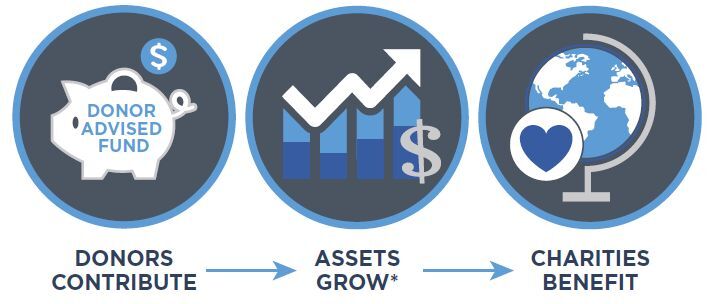Physical Injury and Trauma
-related nerve damage
Peripheral nerve injuries can cause disabilities and thereby a decline in the patient’s quality of life. We typically divide them into compression injury or crush and transection injury.
Many Risk Factors
Car accidents, falls, sports injuries, repetitive motions, poorly fitting casts or crutches, and surgical procedures can all potentially damage nerves and cause peripheral neuropathy.
Acute compressions, as is seen in radial mononeuropathy, are commonly acquired after a night of external compression i.e., hanging one’s arm over a chair, and typically present with transient paresthesia, numbness, and wrist drop.
Complete recovery of the acutely compressed nerve can range from weeks to years.
Chronic compressions are mostly occurring at the carpal tunnel, the cubital tunnel and at the fibular head. They are progressively worsening conditions that persist without proper intervention. Symptoms may begin with paresthesia and distal numbness, but unlike acute compressions, often progress over time to muscle weakness and muscle wasting.
Crush injuries typically occur from an acute traumatic compression of the nerve from a blunt object, such as a bat, surgical clamp or other crushing object that does not result in a complete transection of the nerve.
In contrast, transection injuries have a complete discontinuation of the nerve, commonly due to a laceration from a knife, gunshot, glass shard, etc.
Resource library
Read our newsletter and explore educational brochures to help expand your knowledge of peripheral neuropathy.







